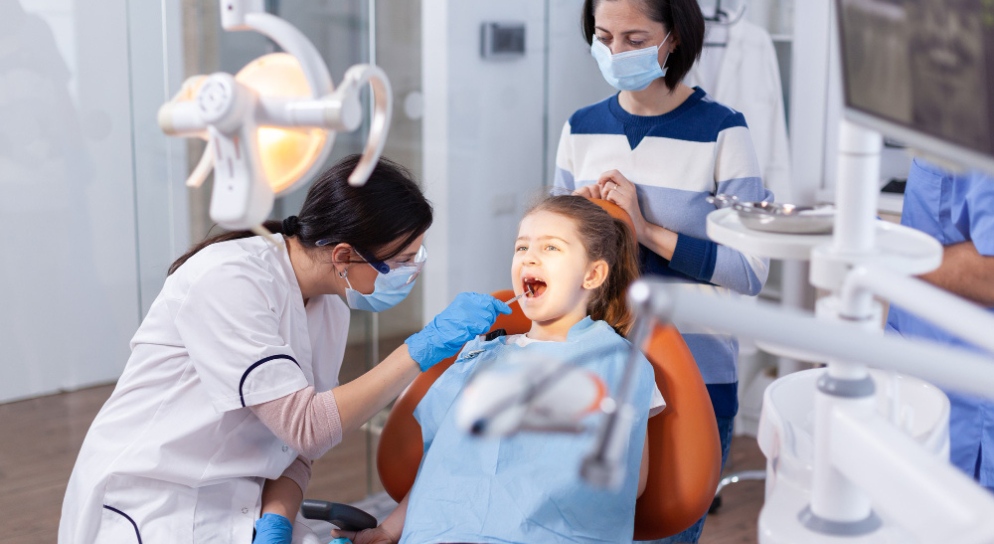Hey there! If you’re reading this, you’ve considered getting some tooth correction done at the orthodontic clinic. You’re not alone; lots of folks think it at some point in their lives. But with all the options, how do you know which is right for you? Don’t worry; we’ve got your back.
Let’s dive in and talk about standard tooth correction options at the orthodontic clinic, such as Biss45.
1. Braces: The Tried And True
Braces are the classic choice for correcting dental misalignments. They consist of metal wires and brackets that move your teeth into their desired positions.
They are incredibly effective and can address many issues, including crooked teeth, gaps, and misalignments. Braces also come with some customization – you can choose different colors for your bands, making them a fun accessory to your smile.
2. Invisalign: The Invisible Solution
Invisalign is a modern alternative to braces that offers a more discreet option for tooth correction. These clear aligners are nearly invisible and are customized to fit your teeth.
Removable, allowing you to eat and brush your teeth without hassle. However, following your orthodontist’s instructions and wearing them consistently for the best results is essential.
3. Retainers: The Smile Saver
Retainers play a crucial role in maintaining your newly aligned teeth. After you’ve completed treatment with braces or Invisalign, your orthodontist may recommend wearing retainers to prevent your teeth from shifting back to their original positions. Retainers are typically less noticeable than braces and are vital for preserving your hard-earned smile.
4. Space Maintainers: Creating Room For Growth
Primarily used for children, space maintainers do precisely what their name implies – they maintain space in your mouth. They are commonly employed when a baby tooth is lost prematurely, ensuring enough room for the permanent tooth to erupt correctly.
5. Tooth Extraction: Making Space
In some cases, overcrowding can be addressed through tooth extraction. Your orthodontist may recommend removing a tooth to create the necessary space for straightening the remaining teeth. This procedure is relatively standard and is typically performed with minimal discomfort.
6. Headgear: The Alignment Assistant
While not the most fashionable accessory, headgear can be essential for addressing severe overbites or underbites. It works by applying gentle pressure to the upper or lower jaw, helping to guide it into the correct position. Headgear is usually worn at night or as prescribed by your orthodontist.
7. Palatal Expander: Widening Your Smile
The palatal expander is primarily used in children with narrow upper jaw. However, it can also be effective for adults. This device gradually widens the upper jaw to create space for adequately aligned teeth. While it may initially feel strange, it’s a valuable tool for achieving a well-aligned smile.
Conclusion: Choosing The Right Treatment For You
Ultimately, the most suitable tooth correction treatment for you will depend on your unique dental needs. Your orthodontist will thoroughly evaluate your teeth, jaw, and oral health to make an informed recommendation. It’s crucial to follow their advice and adhere to the treatment plan for the best results.
Achieving a stunning, healthy smile is a journey that may take some time and effort. However, the results are well worth it. Take the time to explore your options at the orthodontic clinic and embark on the path to a confident, beaming smile.
Read Also:




























